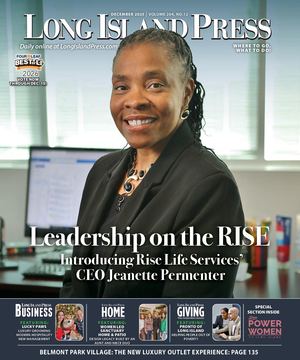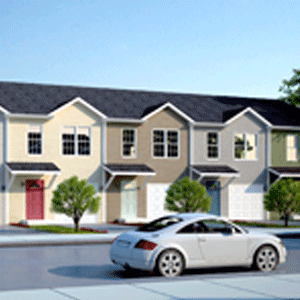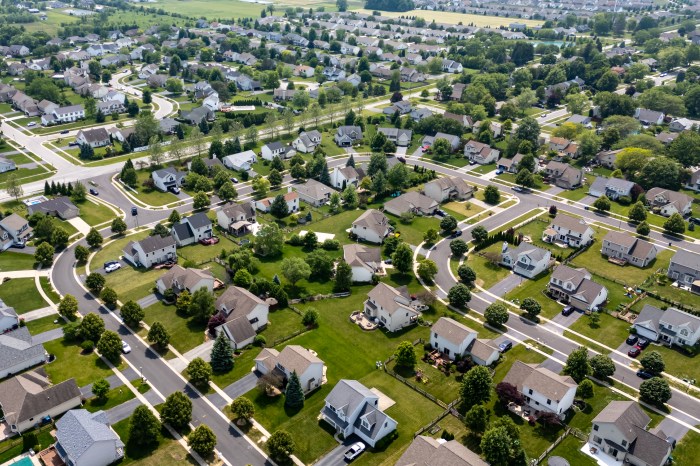The good news for Nassau County homeowners is that the value of their homes continues to grow.
As of September, the median sales price for a single-family home in Nassau County had increased by 4.4% year-over-year, rising from $813,500 to $849,000. That brings the rise in housing prices in Nassau County over the past five years to $259,000, representing approximately a 44% increase.
An excellent rate of return for what is most homeowners’ largest investment – their homes.
This is despite a modest drop in the median sales price for a single-family home from August of 2.97% to $875,000 after three straight months of record highs.
Remote work, superior schools and a desire to live in Nassau County may be fueling this seemingly relentless rise in Nassau real estate values. So may supply and demand.
In both months and many months before, the number of single-family homes for sale was low.
In September, the number of single-family homes for sale in Nassau declined from 2,346 in August to 2,178. That is half as many homes available for sale in Nassau in September 2024 as there were in September 2019, according to OneKey data.
This is bad news for Nassau County’s economic health.
The lack of housing in Nassau County has driven people out of the state. It has also hindered local businesses’ ability to attract new employees, homeowners who want to downsize but still reside in Nassau, young professionals who wish to relocate here, and those who grew up here and would like to return to a home of their own.
Some Republican Nassau officials have invited New York City residents and businesses to move to Nassau following last week’s election of Democratic Socialist Zohran Mamdani as mayor.
The question, at least for the residents, is where they will live.
Thanks to zoning, land-use restrictions and community opposition, New York is in the midst of a housing crisis. Nowhere is that more pronounced than in Nassau and Suffolk counties.
According to Bloomberg News, Suffolk and Nassau permitted less new housing per capita among the United States’ 100 biggest counties from 2013 to 2022 than all but one county in Ohio.
Long Island’s lack of new housing is exacerbated by its existing housing makeup.
Nassau and Suffolk counties have the highest percentage of single-family homes—83%—and the lowest percentage of multi-unit structures, with 16% in the state, according to an analysis of home building on Long Island recently released by the Long Island Builders Institute. Only 4% of the multi-unit buildings are considered large structures, with 50 or more units.
Opposition to new housing typically centers on concerns about congestion, the impact on schools, and increased expenses for roads and related infrastructure improvements.
Residents and officials also frequently express concerns about how new housing threatens the suburban dream they have found in Nassau. Some say they fear Nassau being turned into another Queens or Bronx.
The lack of supply that has driven up the value of homes has also made Nassau County less affordable for many.
Yes, New York is a high-tax state. That is the cost of the state’s relatively generous social programs. In some Nassau County communities, you can add high property taxes in top-performing school districts that spend $40,000 or more per student, with the approval of residents in annual budget votes.
But middle-income people in New York actually pay less in local and state taxes than in California and not much more than in Texas, which offers fewer services than New York and imposes a higher share of taxes on the poor and middle class.
So, why is the cost of living so high? The cost of housing.
A house in New York is 40% more than in Dallas.
“Affordability continues to be a systemic problem on Long Island and prevalent in our housing markets,” Kyle Strober, the president of the Association for a Better Long Island, said at a 2023 conference supporting pro-housing incentives. “To address this problem, our region needs diverse options, especially affordable and transit-oriented multi-family options.”
We would like to see more people able to enjoy what Nassau County has to offer. But some changes are needed before we put out the welcome mat.



































